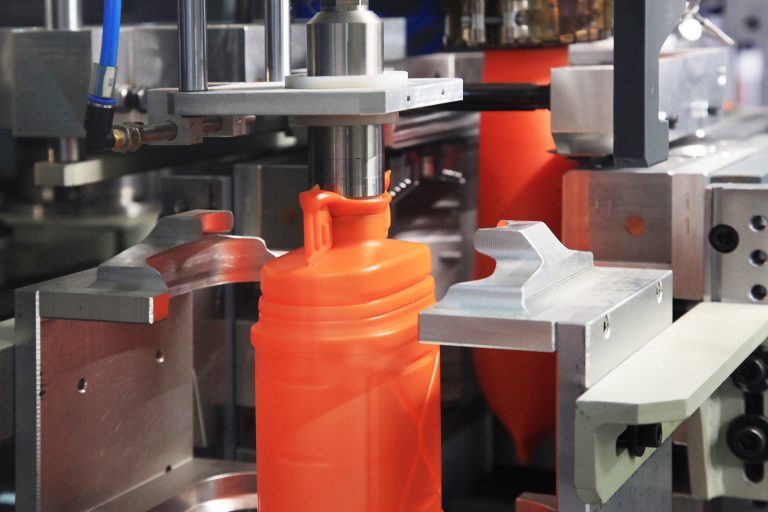Tooling is a very important aspect of injection moulding. Tools must be designed and manufactured to exacting specifications and finished to a very high quality. They must be able to carry out the task they have been created for and be robust enough to withstand heavy and sustained use. Investment can be high, and the need to make modifications, or even produce replacements further down the line could add significantly to the financial outlay.
Choosing the right injection mould toolmaker is, therefore, extremely important for quality control, health and safety and overall value for money. Here are several key areas to focus on when choosing your supplier and overseeing their work on your injection moulding toolmaking project.
Design skills
A tool is only as good as the design it has been based on. Get that wrong and it will not be able to fit correctly, work reliably or produce accurate, durable work. Make sure that your injection moulding expert knows their way around design and that the process is carried out in conjunction with the mould production and finishing procedures. This will help ensure everything is in synch with each other and that dimensions and measurements are precise. This is especially important when working on a suite of tools that need to work correctly as a wider group. Find out how the design process works in practice, who is involved and what the various steps are.
Flexible approach
All projects of this nature can be prone to changes along the way. Design specifications, end-user requirements, quantities, materials used and processes can all be altered and the toolmaker must be ready to keep pace with such changes and offer a flexible, adaptable approach to their work. Check what machinery the manufacturer has available to facilitate flexible design and working processes. For example: CNC milling machines, CNC lathes, CNC wire eroders and CNC / EDM spark eroders. Other changes could include shifts in delivery schedules or shipping instructions, which will have a knock-on effect to the project’s timetable. Check how manufacturers typically deal with expected and unexpected alterations to a project and how flexible they are willing and able to be.
Experience and accreditations
An obvious area to ensure that you are satisfied with is the experience and proven expertise levels of an injection moulding manufacturer. This will normally have a significant effect on the quality of their finished products. You can get a better idea of this by seeking customer testimonials, reading online reviews, asking around within the industry for people’s insights etc. Look at the website to see if the company is accredited, for example ISO 9001 and other industry quality standards. Has the company been recognised with any industry awards for toolmaking? What does the trade media say about them if you do an online search for their name?
Lead times
When it comes to toolmaking, lead times are extremely important. If you cannot receive your finished tools at the expected and promised time, it can have serious repercussions on your ability to service your own customers. Delays can affect your reputation and compromise your high standards of customer service. Your chosen injection moulding toolmaker should have safeguards in place to help ensure that lead times can be delivered as promised. Any delays that do happen at any stage along the supply chain must be able to be handled with minimum disruption to the overall process. This includes overseeing delivery, set up and installation of the finished tools at your premises.
New or refurbished?
Finally, ask yourself whether you need new tools, or whether your existing ones can be given a new lease of life with some expert refurbishment. Sometimes, injection moulding techniques can restore worn tools, for example by replacing handles, adding new components or fixing broken parts. Always ask the company’s advice on whether a new tool so required or whether you can do anything with an older model. Ensure that health and safety considerations are prioritised, however. If a tool has gone beyond repair, it will be safer and more effective to have a new one created instead. Beware manufacturers trying to persuade you towards choosing the most expensive option without a full and reasonable justification.

